Agronomy - Agronomy Insights & Solutions
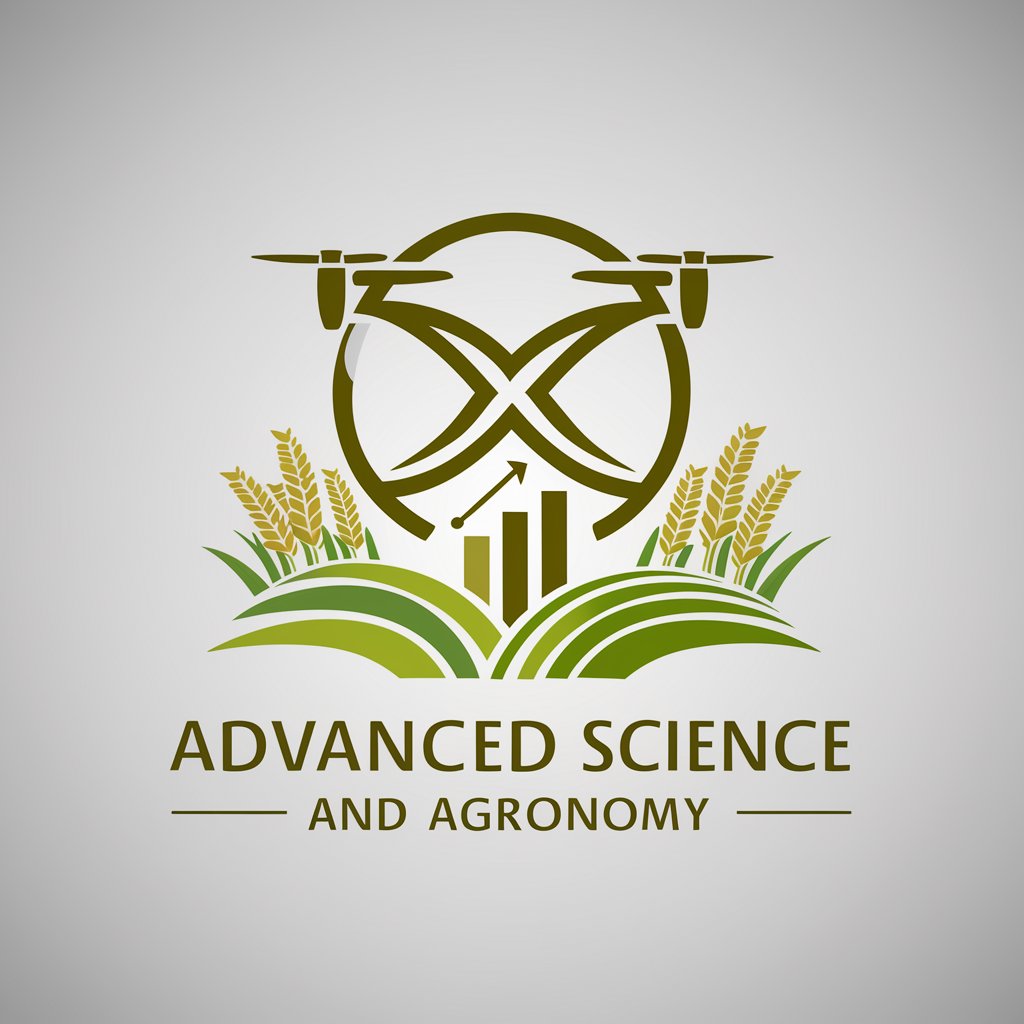
Welcome! Let's explore the world of advanced crop science and agronomy together.
Empowering Agriculture with AI
Explain the benefits of crop rotation in sustainable farming.
How do soil pH levels affect plant growth?
Describe the role of genetic engineering in modern crop production.
What are the best practices for pest control in organic farming?
Get Embed Code
Introduction to Agronomy
Agronomy, as a branch of agricultural science, focuses on the study and management of field crops and the soils in which they grow. It encompasses a wide range of disciplines, including plant genetics, plant physiology, meteorology, and soil science. Agronomists work to develop methods that will improve the use of soil and increase the production of food and fiber crops. This field is pivotal for ensuring sustainability and environmental protection in agricultural practices. Examples of agronomy's application include developing crop rotation strategies to maintain soil health, breeding plants for traits like drought resistance, and implementing integrated pest management (IPM) systems to reduce the use of chemical pesticides. Powered by ChatGPT-4o。

Main Functions of Agronomy
Soil Management and Conservation
Example
Analyzing soil health to recommend amendments like lime or organic matter to improve soil structure and fertility.
Scenario
A farmer notices declining yields over several seasons. An agronomist tests the soil, identifies deficiencies in nutrients and organic matter, and suggests a tailored soil amendment plan, leading to improved crop performance.
Crop Genetics and Breeding
Example
Developing crop varieties with enhanced traits such as increased yield, disease resistance, and adaptability to environmental stresses.
Scenario
In response to a regional outbreak of a new plant disease, agronomists breed a resistant crop variety. This variety is distributed to farmers, effectively mitigating the disease's impact on crop yields.
Integrated Pest Management (IPM)
Example
Implementing a combination of biological, cultural, physical, and chemical tools to manage pests in an environmentally and economically sustainable way.
Scenario
A vineyard is experiencing an increase in pest attacks. An agronomist implements an IPM strategy that includes introducing natural predators, using pheromone traps, and applying pesticides only as a last resort. This approach reduces pest damage while minimizing pesticide use.
Sustainable Farming Practices
Example
Promoting practices such as cover cropping, no-till farming, and precision agriculture to enhance sustainability.
Scenario
A farm looking to reduce its environmental footprint adopts no-till farming on the recommendation of an agronomist. This change reduces soil erosion, improves water retention, and increases carbon sequestration in the soil.
Ideal Users of Agronomy Services
Farmers and Agricultural Producers
This group benefits from agronomy by applying scientific principles and techniques to optimize crop production, improve soil health, and reduce environmental impact.
Agricultural Consultants and Advisors
Professionals who provide expert advice to farmers on crop management, soil health, and sustainable practices. They rely on agronomic principles to guide their recommendations.
Agricultural Researchers
Scientists and researchers focused on advancing agricultural science through experiments and studies in plant breeding, pest management, and soil science. Agronomy provides the foundational knowledge and techniques for their work.
Policy Makers and Environmental Planners
Individuals involved in developing agricultural policies or land use plans can utilize agronomic research and practices to promote sustainable and productive farming practices within regulatory frameworks.

Utilizing Agronomy Effectively
Start with a Trial
Initiate your Agronomy journey by accessing a complimentary trial at yeschat.ai, which requires no login or ChatGPT Plus subscription.
Identify Your Needs
Determine your specific agricultural challenges or areas of interest, such as soil management, crop genetics, or sustainable practices.
Engage with the Tool
Utilize Agronomy by posing detailed questions or scenarios related to your agronomic concerns, ensuring they are clear and concise.
Analyze the Insights
Carefully review the provided agronomic insights and recommendations to understand how they apply to your specific agricultural context.
Apply and Evaluate
Implement the advice or strategies in your agricultural practices and monitor the outcomes, adjusting as necessary based on results and local expert advice.
Try other advanced and practical GPTs
Animal Science
Empowering Agriculture with AI-driven Animal Science
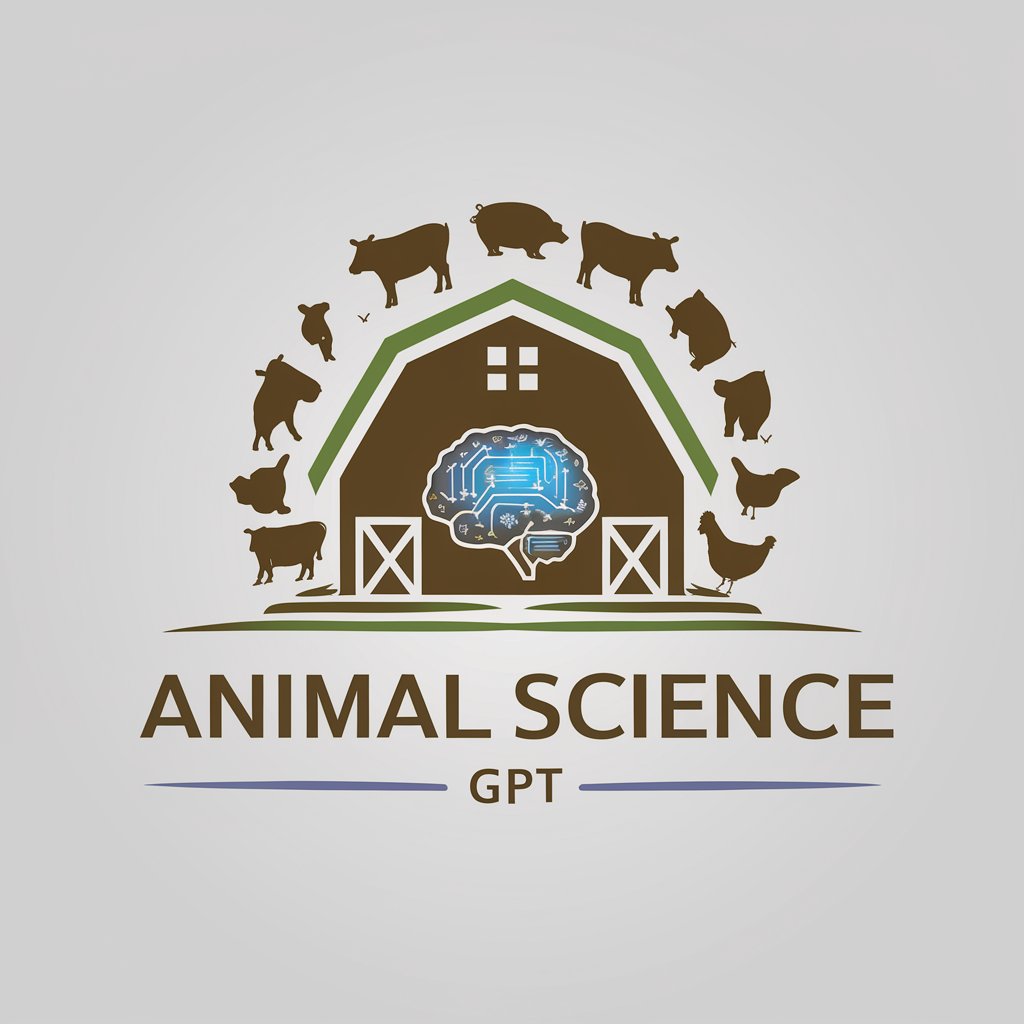
Hydro Grant Helper
Streamlining Hydroponics Grants with AI

Crop Science
Empowering Agriculture with AI
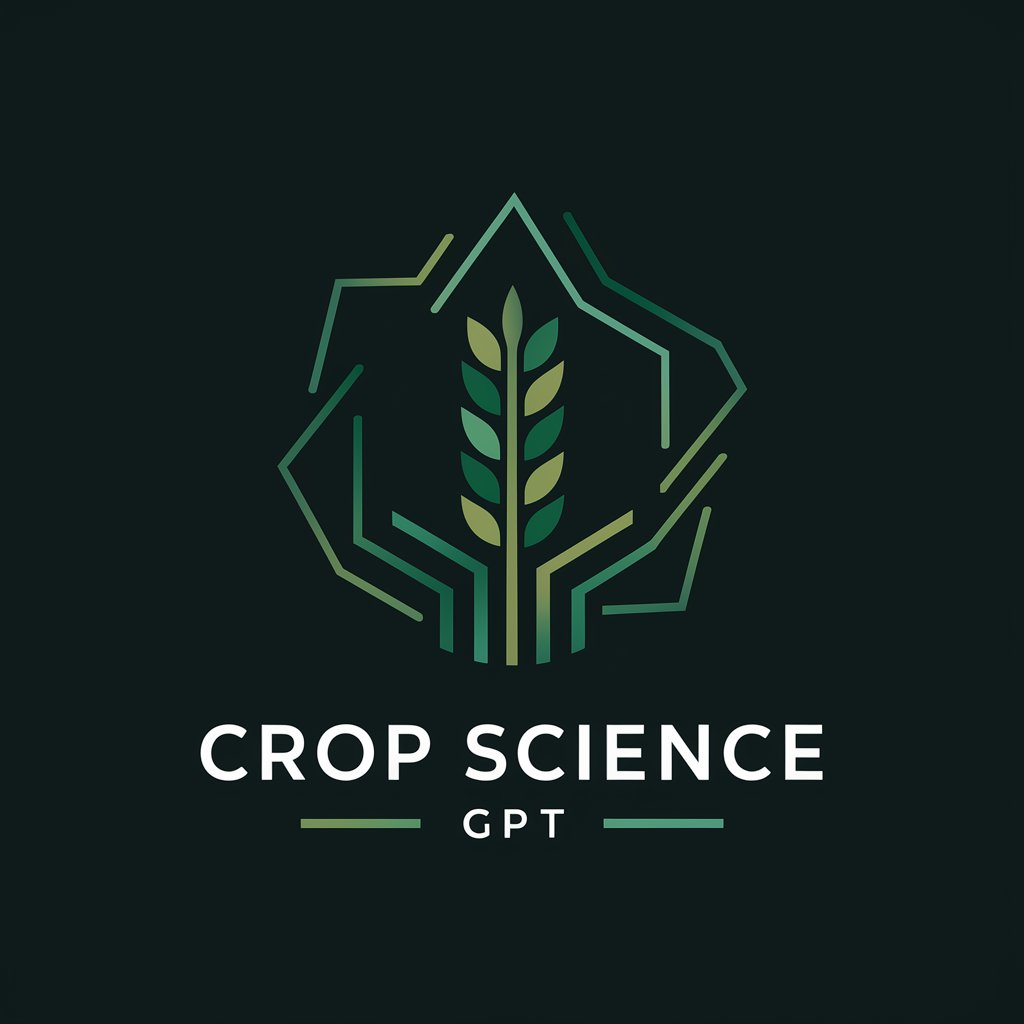
Conventional Farming
Empowering Agriculture with AI Insights
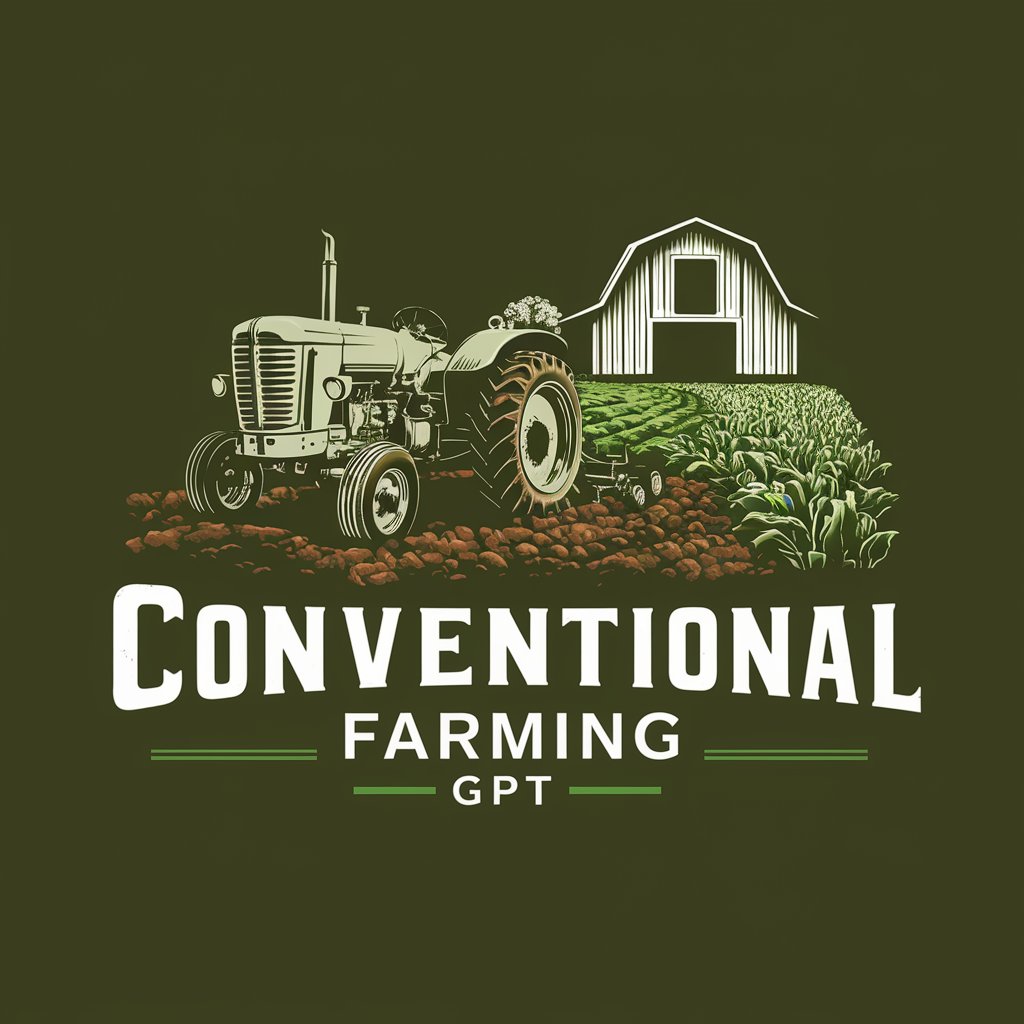
Time Table Assistant
Optimize Your Day with AI-Powered Scheduling

Agricultural Management
Empowering Agri-business with AI-driven Management
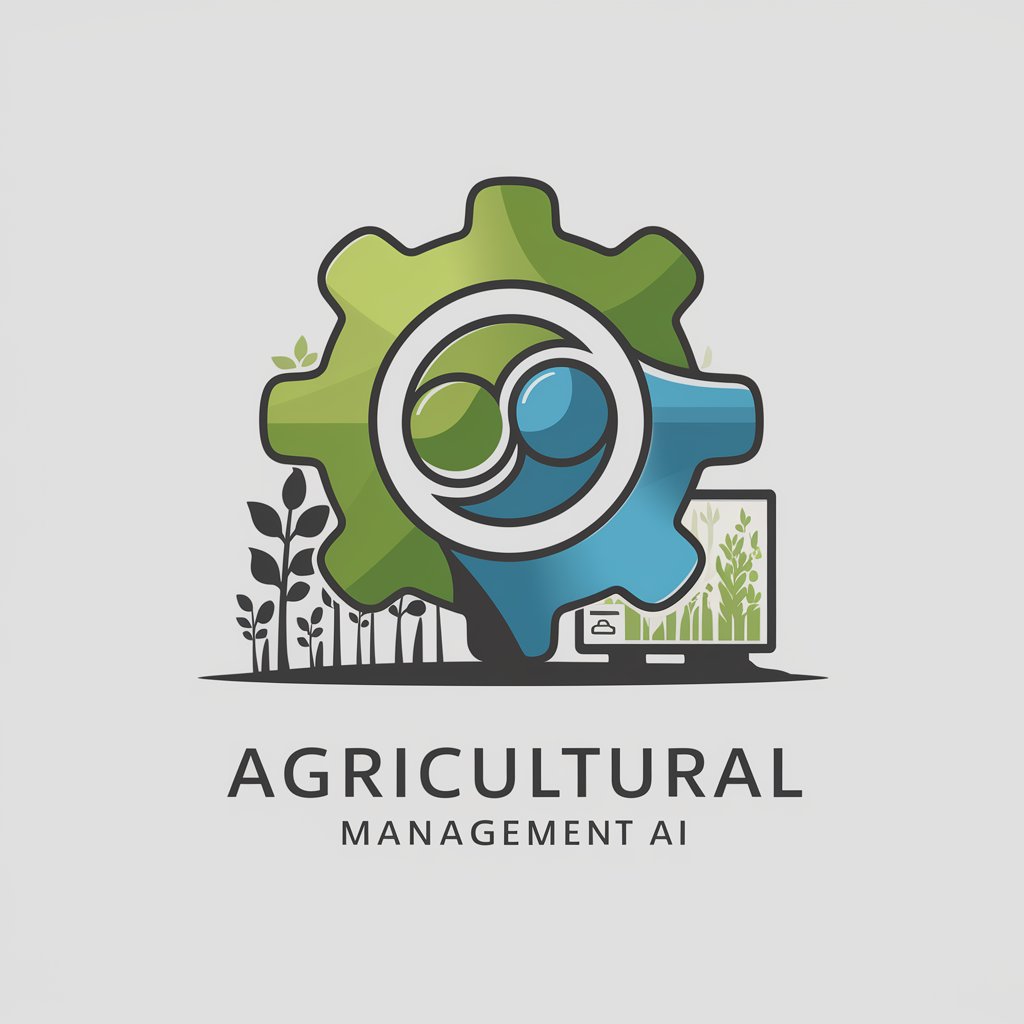
AgriAdvisor
Empowering Farmers with AI Insights
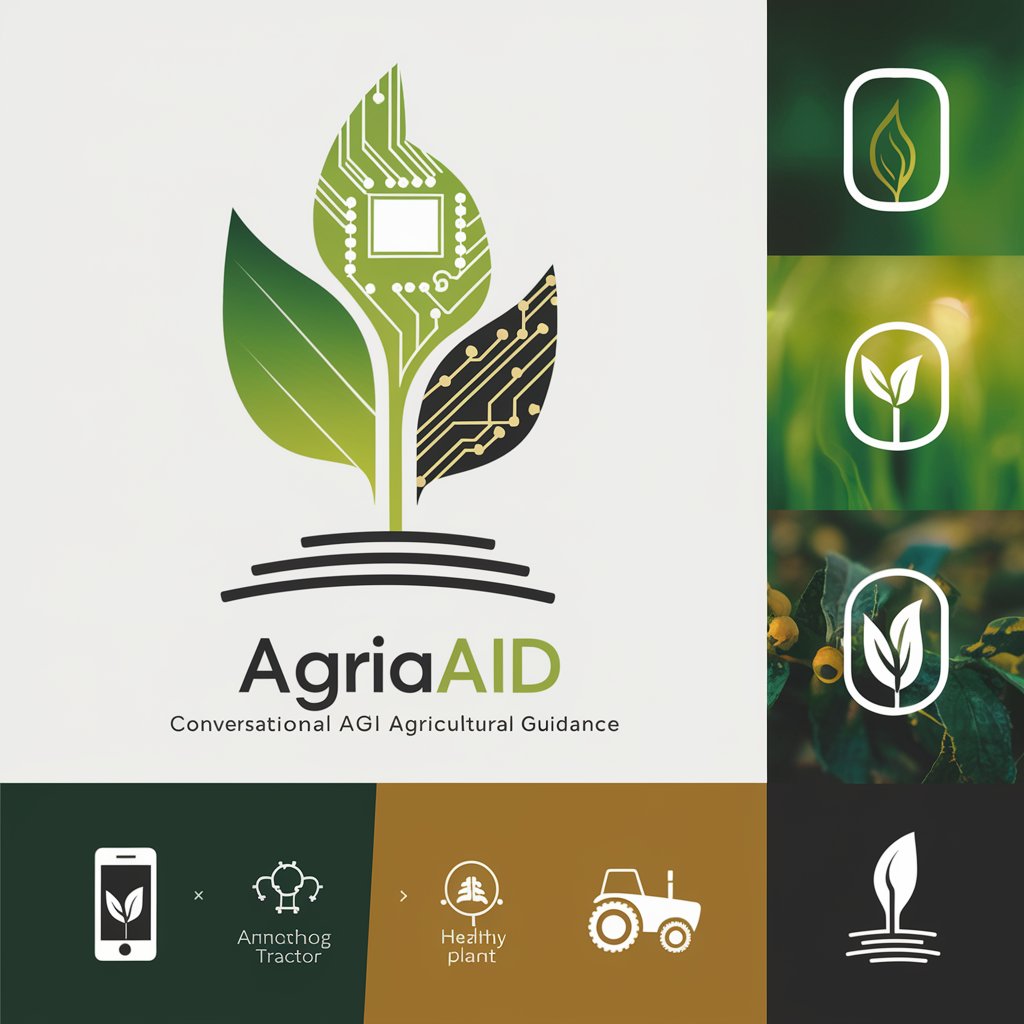
MyMycelium
Empowering Safe Psychedelic Exploration with AI

True Crime Fan
Unlocking the Mysteries of Crime with AI

Robert Green GPT
Strategize your life with AI-powered Greene's wisdom.

Maritime Maven
Unravel maritime history with AI

Research
Empowering Insightful Discoveries with AI

In-Depth Q&A on Agronomy
What is the significance of soil pH in crop production?
Soil pH plays a crucial role in crop production as it affects the availability of nutrients to plants, microbial activity in the soil, and plant root development. Optimal pH levels vary by crop but generally range between 6.0 and 7.5 for most crops. Monitoring and adjusting soil pH is essential for maximizing crop yield and health.
How does crop rotation benefit soil health?
Crop rotation improves soil health by diversifying plant types grown in sequence, which can break pest and disease cycles, enhance soil structure and fertility, and reduce soil erosion. Rotating deep-rooted and shallow-rooted crops can also help in nutrient cycling and soil aeration.
What are the latest advancements in precision agriculture?
Recent advancements in precision agriculture include the development of more accurate GPS and sensor technologies, drone and satellite imagery for field monitoring, AI-driven decision support systems, and precision application equipment for fertilizers and pesticides. These technologies enable more efficient resource use and higher crop yields.
How do cover crops contribute to sustainable farming?
Cover crops, planted between main crop seasons, contribute to sustainable farming by preventing soil erosion, improving soil organic matter and fertility, enhancing water infiltration, and suppressing weeds. They also provide habitat for beneficial insects and can break pest and disease cycles.
Can agronomy help in adapting to climate change?
Agronomy plays a vital role in adapting to climate change by developing resilient crop varieties, optimizing water use efficiency, and implementing sustainable land management practices. These strategies help in mitigating the impacts of extreme weather events and shifting climatic patterns on agricultural productivity.
